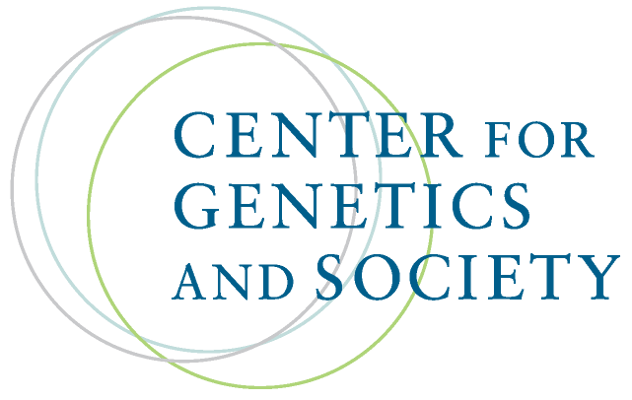Ancient Fables for the Neobiological Age
By Brian Bergstein,
Neo.Life
| 12. 28. 2017
What “Frankenstein” and the golem tell us about the power and responsibility of science.
January 1 marks the 200th anniversary of the publication of Frankenstein, Mary Shelley’s remarkable novel about a scientist who cobbles together body parts and brings them to life in a “new species.” Because Victor Frankenstein’s project has terrible unintended consequences — he ditches his monster because it is ugly, and the creature roams the world in a destructive search for a mate — the novel can be read as a warning about messing with nature. Those sad and scary themes rear up when people use a term like “Frankenfoods” to denigrate bioengineered products.
But even if Shelley thought of the book as cautionary tale (and it’s debatablewhether she did), that isn’t a very useful cultural shorthand today, as we wrestle with the implications of gene editing, gene writing, and other technologies that give us more power than ever to manipulate biology. Caution is of course required with these technologies. But an excess of it—too much worry about unleashing Frankenstein’s monster—could be even more dangerous. Ultimately, we’re going to have...
Related Articles
By Liyan Qi and Jonathan Cheng, The Wall Street Journal | 03.26.2025
photo via Wikimedia Commons licensed under CC by 3.0
Chinese scientist He Jiankui set off global outrage and landed in prison after he skirted ethical guidelines and claimed he had produced genetically modified babies designed to resist HIV infection.
Now, the self-styled ...
By Carsten T. Charlesworth, Henry T. Greely, and Hiromitsu Nakauchi, MIT Technology Review | 03.25.2025
Why do we hear about medical breakthroughs in mice, but rarely see them translate into cures for human disease? Why do so few drugs that enter clinical trials receive regulatory approval? And why is the waiting list for organ transplantation...
By Anna Louie Sussman, The New York Times | 03.25.2025
On June 24, 2022, the same day the Supreme Court issued its decision in Dobbs v. Jackson Women’s Health Organization, I received a call from the fertility clinic where I’d been undergoing in vitro fertilization, informing me that seven of...
By Michael Gibney, PharmaVoice | 03.20.2025
The death this week of a teenager receiving Sarepta Therapeutics’ gene therapy Elevidys for Duchenne muscular dystrophy is a tragic reminder of the stakes involved in cutting-edge biotech innovation.
While gene therapies like Sarepta’s offer an opportunity to treat and...




